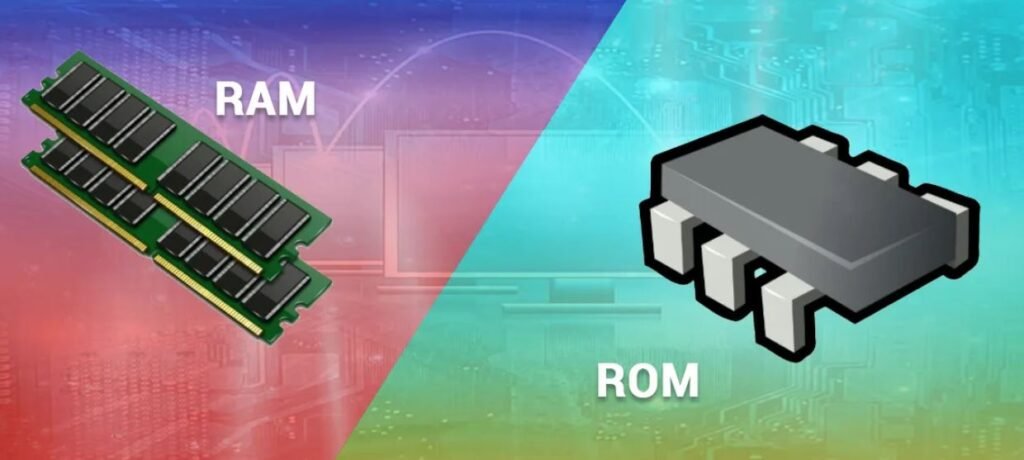Welcome! In this new opportunity, we will discuss the differences between RAM and ROM memory in great detail. This is one of the most frequently asked questions in the computing world, so read on and find out about it.
Table of Contents
What is RAM
First of all, you should know that the acronym RAM means “Random Access Memory,”; which in Spanish is translated as Random Access Memory. This indicates that the content stored in this memory is continuously changing.
It is a fast and volatile access memory in which all the necessary information is stored so that the processes that our PC executes (only software) work properly. That is why if you decide to open many programs simultaneously, a large part of the RAM will be occupied trying to make them run without any problem.
Because today’s programs are more demanding than a few years ago, computers come with much more RAM (either 16GB or 32GB). This way, you won’t have to worry about your screen freezing while you have several applications open to work.
On the other hand, we must clarify that RAM is volatile since it only stores information when the computer is on. Once the computer is turned off, the data stored in RAM will be permanently lost.
Types of RAM’s / RAM types
When we refer to this memory, we must take into account that there are only two types:
DRAM:
This memory is made up of several capacitors that require the controller to update saved data multiple times per second so that it is not erased immediately. In turn, DRAM is used by computers and mobile devices that we usually buy in an ordinary store.
SRAM:
In this case, the Static RAM is responsible for saving the data until the power supply is cut off. This way, the controller will not have to update the data continually. Additionally, this memory is faster and does not need as much energy to function. The only downside is that its modules are less dense and cost much more money than DRAM modules.
What is ROM memory
In this case, the ROM or Read Only Memory is responsible only for storing information that remains there even if we turn off the equipment, one of the differences between RAM and ROM. That is why it is not volatile, like RAM. For example, this ROM is where the operating system is stored, which is essential when choosing a new PC.
On the other hand, the ROM memory chip stores the data necessary to log in to your computer. Some ROM chips are included in the game system cartridges of some famous consoles such as Nintendo, GameBoy, Sega, among others.
[Also Read: VPN CONNECTIONS: 5 ADVANTAGES YOU DIDN’T KNOW]
Types of ROM’s / ROM types
Next, we will talk a little about the different types of ROM memory that exist. This way, you can have a bit more cyberculture. Let’s get to it!
Mask ROM:
This memory is encoded during the chip manufacturing process; Therefore, it cannot be modified after its production in the respective factory.
PROM:
This is similar to Mask ROM memories. Only in this case, the data can be entered after the manufacture of said chip.
EPROM:
The remarkable thing about this PROM memory is that it allows us to erase the memory by exposing it to ultraviolet light.
EEPROM:
Finally, we will talk a little about EEPROM memory, in which we can erase your data electronically to rewrite it in an unlimited way. On the other hand, flash memory uses an EEPROM, which is why most electronic devices use it, such as USB memories, SD cards, and SSDs.
[Also Read: How to delete files and folders from CMD in Windows]

